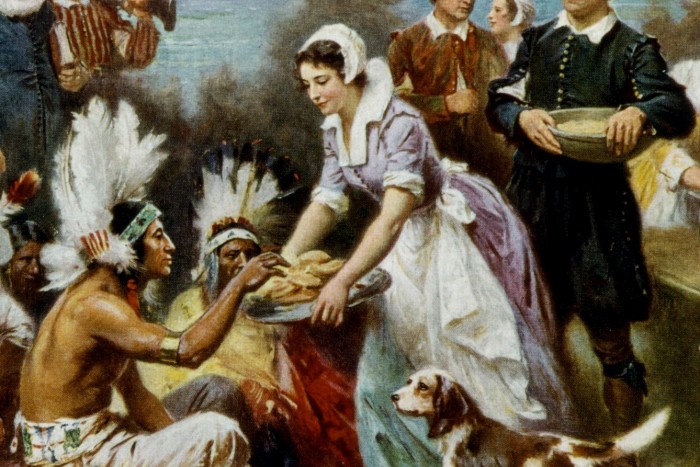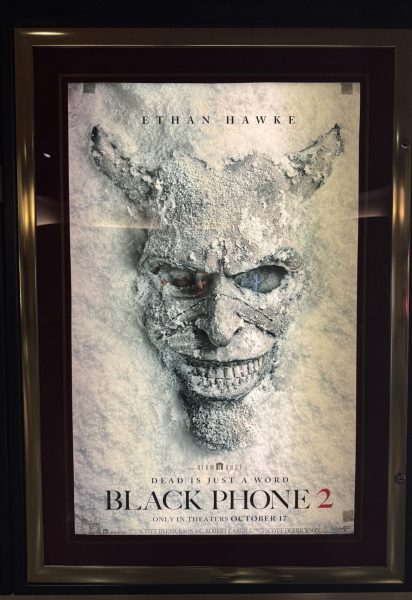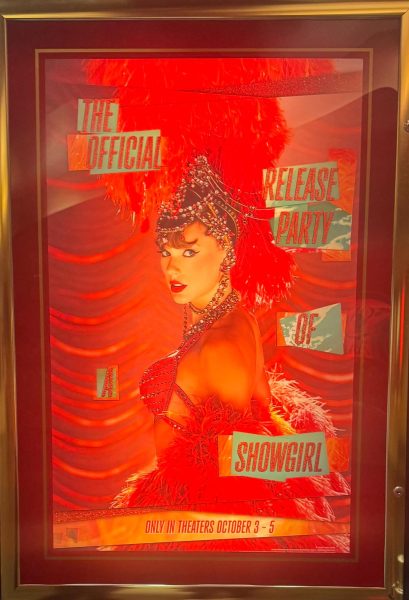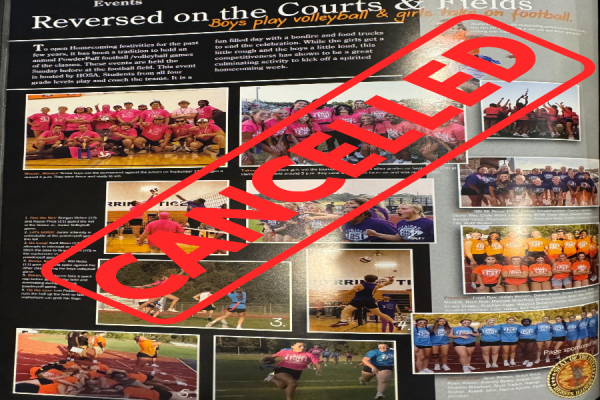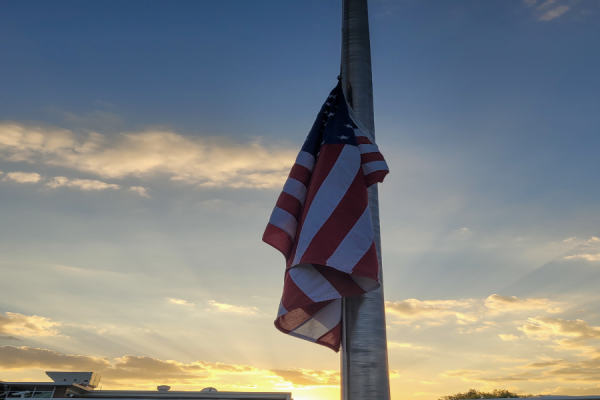Fashion 411 – Thanksgiving: Colonial attire and change
Where would we be without change?
I think I can smell the mass amounts of overpriced, over-processed foods from here. It is that time of year again. That awkward moment between Halloween and Christmas, the most underwhelming holiday of the year, Thanksgiving. On this day we celebrate peace and gratitude given by the Pilgrims to the Native Americans (sorry about the smallpox blankets). On this day we dress up in our best fall attire and take cute photos with everyone who “used to change your diapers.” After pictures are done, it is time to eat. Wearing our best elastic waistband pants, we are ready to dig in. Last year as I looked around and saw my uncle wearing a Cardinals jersey and my cousin wearing LuLaRoe leggings, I wondered what the original immigrants would have been wearing at their thanksgiving. So, naturally I did some research.
I have always been interested in historical fashions, but something even more interesting than the rest are the reasons behind the clothing and what they have evolved into now. Let us start with the most concealed layer, the shifts. A shift would have been the closest thing to the body. It is very similar to a nightgown. Made of thin linen, it was comfortable to wear and very breathable. This would eventually evolve and become what we know today as our underwear. Be thankful for your Calvin Klein and your Victoria’s Secret; they are probably a lot more comfortable to wear than a shift. Next, over the shift was the stay. The stay was very stiff and uncomfortable. It was lined with hard materials like bones, wood, or metal in order to stay straight. The purpose of the stay was to help women have good posture and to look slimming. This would eventually become the corset, which would become the girdle, and later would become Spanx. Wool stockings that came above the knee and tied with a ribbon (no elastic) were a must, just in case a little bit of skin was shown. Over all of that, came the petticoat. The petticoat was similar to a long skirt. Sometimes multiple layers of petticoats would be worn for added warmth.
We are used to our jeans and shirts from Old Navy and American Eagle, buying new clothes every time we need a change. Most dresses in colonial America were homemade and stitched with tons of effort. These gowns were worn over the stay and the petticoat. Gowns for working women were usually made from fabrics such as wool or cotton. Wealthier women would wear fine silk gowns with lots of lace and decorations.
Be thankful for modern fashion, but keep in mind that our clothing now is only a derivative from colonial attire. “Wear your FAT pants” could still be “wear your loosest stay!” if it was not for change. On this Thanksgiving, I will be giving thanks to many things: two ply toilet paper, my mother, and change. Change can be good and bad, but it will always turn out right in the end. On this day of thanks, what are you grateful for?



